
Jehoash was the second of four kings who descended from Jehu to reign as king of Israel (Jehoahaz, Jehoash, Jeroboam II, and Zechariah); he ruled from ca. 798-782 BC.1 The Bible summarizes his reign this way:
In the thirty-seventh year of Joash king of Judah, Jehoash the son of Jehoahaz began to reign over Israel in Samaria, and he reigned sixteen years. He also did what was evil in the sight of the LORD. He did not depart from all the sins of Jeroboam the son of Nebat, which he made Israel to sin, but he walked in them. Now the rest of the acts of Joash and all that he did, and the might with which he fought against Amaziah king of Judah, are they not written in the Book of the Chronicles of the Kings of Israel? So Joash slept with his fathers, and Jeroboam sat on his throne. And Joash was buried in Samaria with the kings of Israel. (2 Kings 13:10-13)
Jehoash was also called Joash (2 Chr 25:17), and is not to be confused with the more famous king of Judah also named Joash/Jehoash (2 Kings 12:1, 19). King Jehoash of Israel is primarily known for three events:
- His defeat of Amaziah, King of Judah near Beth Shemesh (2 Chr. 25:21-23)
- His interaction with the prophet Elisha, who upon his death bed, told Jehoash to strike the ground with arrows to symbolize the number of times he would defeat the king of Aram (2 Kings 13:14-19)
- And his subsequent battles against the Arameans (2 Kings 13:24-25).
Numerous archaeological discoveries both confirm Jehoash as king of Israel and provide the wider historical context that helps us better understand the world in which he lived.
Jehoash and Assyria
When Jehoash came to the throne, he inherited a kingdom that had been significantly weakened by the wars of his father. According to the biblical record, “There was not left to Jehoahaz an army of more than fifty horsemen and ten chariots and ten thousand footmen, for the king of Syria had destroyed them and made them like the dust at threshing.” (2 Kings 13:7).
Shortly after Jehoash began to reign, the Assyrian king, Adad-Nirari III invaded the western lands.2 A victory stele (monument) was discovered in 1967 during excavations at Tell al-Rimah which contains a record of Adad-Nirari III’s campaign. While its date is unknown, many scholars associate it with Adad-Narari III’s expedition westward in 796 BC.3 It reads:
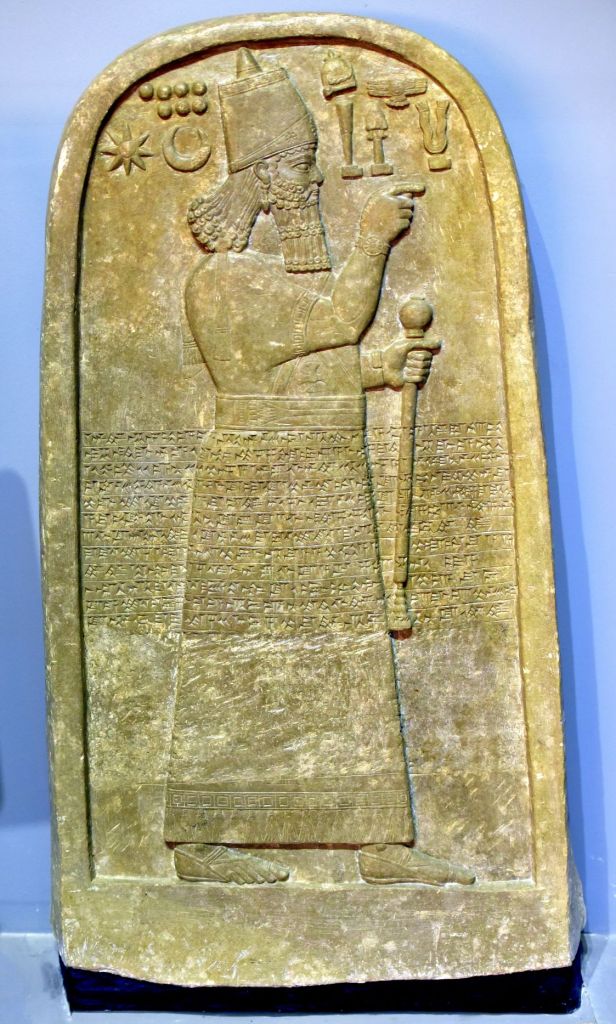
Adad-Nirari, mighty king, king of the universe, king of Assyria, son of Šamši-Adad, the king of the universe, king of Assyria, the son of Šalmaneser, the king of the four quarters. I mustered my chariots, troops, and camps; I ordered them, to march to the land of Hatti. In a single year, I subdued the entire land of Amurru and Hatti. I imposed upon them tax and tribute forever. I received 2,000 talents of silver, 1,000 talents of copper, 2,000 talents of iron, 3,000 linen garments with multicolored trim – the tribute of Mari’ – of the land of Damascus. I received the tribute of Jehoash the Samarian, of the Tyrian ruler and of the Sidonian ruler.4
Adad-Nirari seems to have subdued and laid a heavy tribute on “Mari’ – of the land of Damascus,” likely refering to the Aramean king Hazael, or, more likely, his son Ben Hadad.5 Having seen Assyria’s conquest of Aram, Israel’s arch enemy, Jehoash of Israel appears to have decided to send tribute to Adad-Nirari rather than risk a similar fate.6
The Tell al-Rimah stele of Adad-nirari III affirms the historicity of King Jehoash, and illuminates the historical background of his reign. Assyrian’s defeat of Aram weakened Israel’s northern neighbor and enemy, a situation which Elisha encouraged Jehoash to take advantage of.
Jehoash and Aram
Jehoash’s father, Jehoahaz was a wicked king (2 Kings 13:2). As a result, God allowed the Arameans to attack Israel repeatedly (2 Kings 13:3), such that “Hazael king of Syria oppressed Israel all the days of Jehoahaz” (2 Kings 13:22).
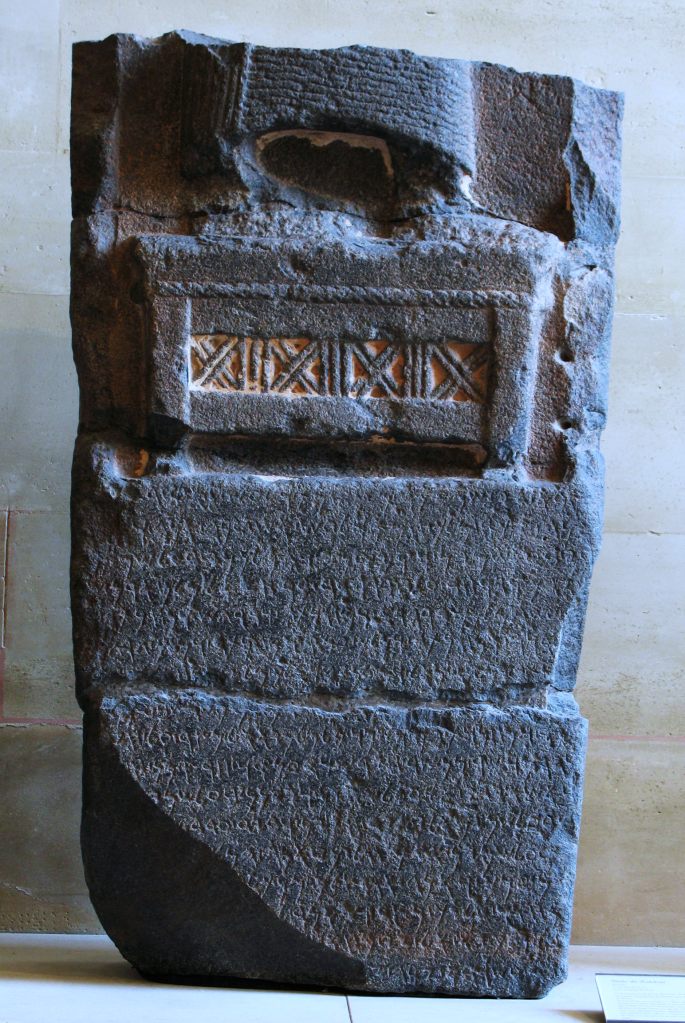
When the prophet Elisha was close to death, Jehoash came to mourn his soon passing. Elisha had him shoot an arrow out of the window to symbolize Israel’s impending victory over the Arameans at Aphek and then strike arrows on the floor to signify how many times he would defeat them (2 Kings 13:17-19). After Elisha’s death, “Jehoash the son of Jehoahaz took again from Ben-hadad the son of Hazael the cities that he had taken from Jehoahaz his father in war” (2 Kings 13:25). Ben-Hadad was no match for an army empowered by Israel’s God, especially after it had already been weakened by Assyrian attacks.
Ben-Hadad III is attested on the Zakkur Inscription, in which Zakkur, king of Hamath, declares his victory over a confederation of 17 city-states led by “Bar-Hadad, son of Hazael, king of Damascus.”7
The site of Aphek is difficult to identify, in part because there were multiple cities named Aphek in biblical times.8 Some have associated Aphek of Aram with Tel En Gev and/or the nearby fortress of Tel Soreg. Both have destructions layers dating to the 9th/8th century BC, which have been attributed to either Adad-Nariri III of Assyria or Jehoash of Israel.9
Jehoash and Judah
Jehoash was originally an ally of Amaziah, king of Judah. At one point, Amaziah hired 100,000 soldiers from Israel for 100 talents of silver to assist him in battle (2 Chr. 25:6). A prophet then told Amaziah not to go to battle along side the Israelites, so he discharged them. The Israelite soldiers “became very angry with Judah and returned home in fierce anger,” raiding the cities of Judah as they went (2 Chr. 25:10, 13).
Sometime later, Amaziah sent a challenge to the king of Israel to meet him in battle. Jehoash responded, “A thistle on Lebanon sent to a cedar on Lebanon, saying, ‘Give your daughter to my son for a wife,’ and a wild beast of Lebanon passed by and trampled down the thistle. You say, ‘See, I have struck down Edom,’ and your heart has lifted you up in boastfulness. But now stay at home. Why should you provoke trouble so that you fall, you and Judah with you?” (2 Chr. 25:18-19). Amaziah would not be swayed, however, and the armies of Judah and Israel met at the Battle of Beth Shemesh. The biblical account records:
And Judah was defeated by Israel, and every man fled to his home. And Jehoash king of Israel captured Amaziah king of Judah, the son of Jehoash, son of Ahaziah, at Beth-shemesh, and came to Jerusalem and broke down the wall of Jerusalem for four hundred cubits, from the Ephraim Gate to the Corner Gate. And he seized all the gold and silver, and all the vessels that were found in the house of the LORD and in the treasuries of the king’s house, also hostages, and he returned to Samaria (2 Kings 14:12-14).
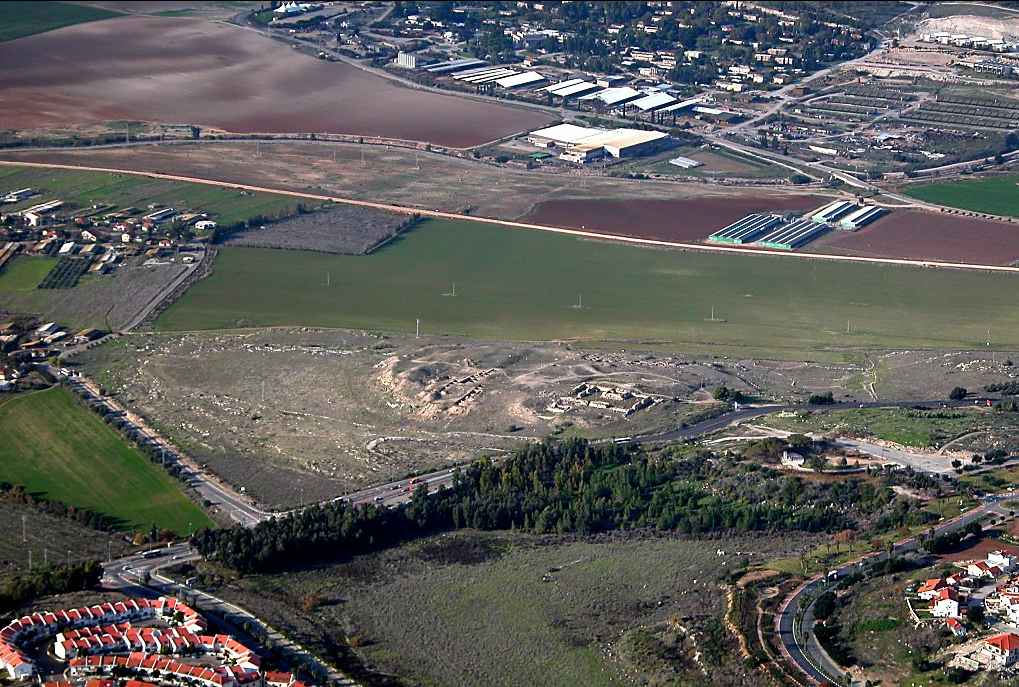
Jehoash’s Kingdom
Jehoash was known for “his might” (2 Kings 14:15), and his kingdom expanded northward with his victory over the Aramaeans and to the south with his victory over Judah. Evidence for this expansion was discovered at Kuntillet ‘Ajrud, a fortress that acted as a cultic site on the southern border of Judah. Despite its southerly location, it has been identified as an Israelite site, based in part on the personal names discovered there. Most of the names uncovered end with a theophoric element (a reference to a deity – in this case Yahweh) spelled “yo” as was common in Israel, rather than “yahu” as it was usually spelled in Judah.10 Moreover, there is also an inscription that references “Yahweh of Samaria.”11 A painting of a seated king was discovered on plaster remains in one of the structures. Due to the dating of the site and the geo-political setting, some have suggested it is an image of King Jehoash himself.12 There is no accompanying inscription, so such an identification is speculative, but if it is correct, this would be only the second image of a Hebrew King yet discovered (the first being that of Jehu on the Black Obelisk of Shalmaneser III).
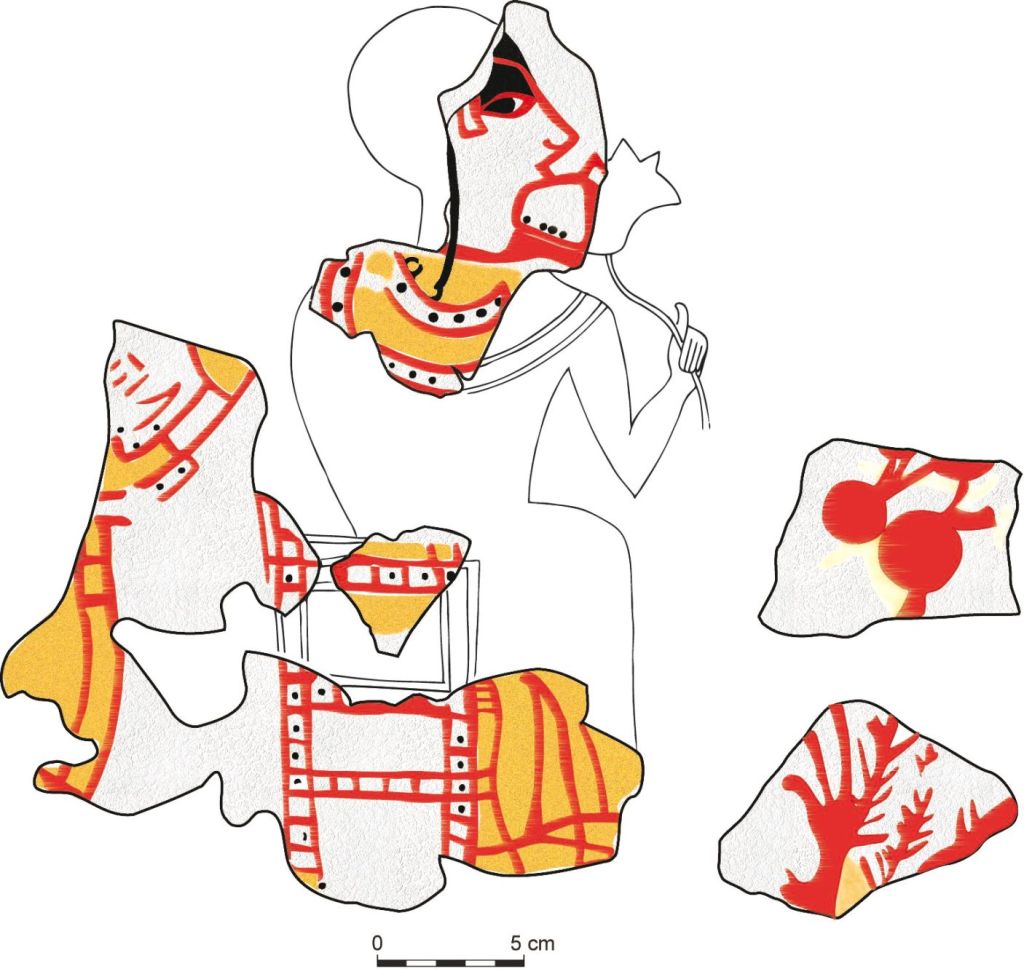
Conclusion
Archaeological discoveries have affirmed the historicity of Jehoash, king of Israel, and implicitly support the biblical description of his military might. Further, the Assyrian records shed light on the geo-political in the 8th century that provides the background to Jehoash’s reign. Once again we see the accuracy of the Bible in its description of historical details.
Cover Photo: The Tell al-Rimah Stele of Adad-Nirari III. Photo: Osama Shukir Muhammed Amin FRCP(Glasg) / Wikimedia Commons / CC BY-SA 4.0
Endnotes
1 Ewin R. Thiele, The Mysterious Numbers of the Hebrew Kings, (Grand Rapids: Zondervan Publishing House, 1983), 111.
2 According to the Assyrian eponym canon, Adad-nirari III is known to have led multiple military campaigns: 804 BC “against Arpadda”; 803 BC “against Ba’ali”; 802 BC “against the sea coast”; and 796 BC “against Mansuate.” Jehoash likely paid tribute to Adad-nirari III during his campaign of 796 BC, only two years after he took power. According to Thiele, “Since Jehoash began his reign in 798, and since he paid tribute in 796 – only two years after he took the throne – he must have been anxious to come to early terms with Assyrian. The reason is not difficult to find. Damascus, a leader in the resistance against Assyria, was the archenemy of Israel.” (Mysterious Numbers, p. 112).
3 Linda S. Schearing, “Joash.” In The Anchor Bible Dictionary, ed. D.N. Freedman. (New York: Doubleday, 1992), 4473.
4 “The Tell al-Rimah Stela,” Livius.org. July 10, 2020. https://www.livius.org/sources/content/anet/cos-2.114f-the-tell-al-rimah-stela/ (Accessed Aug. 10, 2021).
5 Stephanie Page, “A Stela of Adad-Nirari III and Nergal-Ereš from Tell Al Rimah.” Iraq 30, no. 2 (1968), p 149.
6 William H. Shea, “Adad-Nirari III and Jehoash of Israel.” Journal of Cuneiform Studies, Vol. 30, No. 2 (Apr., 1978), p. 110.
7 Scott B. Noegel, “The Zakkur Inscription.” In The Ancient Near East: Historical Sources in Translation. ed. Mark W. Chavalas. (London: Blackwell, 2006), 307.
8 Rafael Frankel, “Aphek.” In The Anchor Bible Dictionary, ed. D.N. Freedman. (New York: Doubleday, 1992), 499.
9 Shuichi Hasegawa, Aram and Israel During the Jehuite Dynasty. (Berlin: De Gruyter, 2012), 72.
10 Hershel Shanks, “The Persisting Uncertainties of Kuntillet ‘Ajrud.” BAR 38:6 (Nov./Dec. 2021), 37.
11 Ibid. 37.
12 Christopher Eames, “Is This the Biblical King Jehoash?” Watch Jerusalem. June 24, 2020. https://watchjerusalem.co.il/977-is-this-the-biblical-king-jehoash (Accessed Aug. 11, 2021).

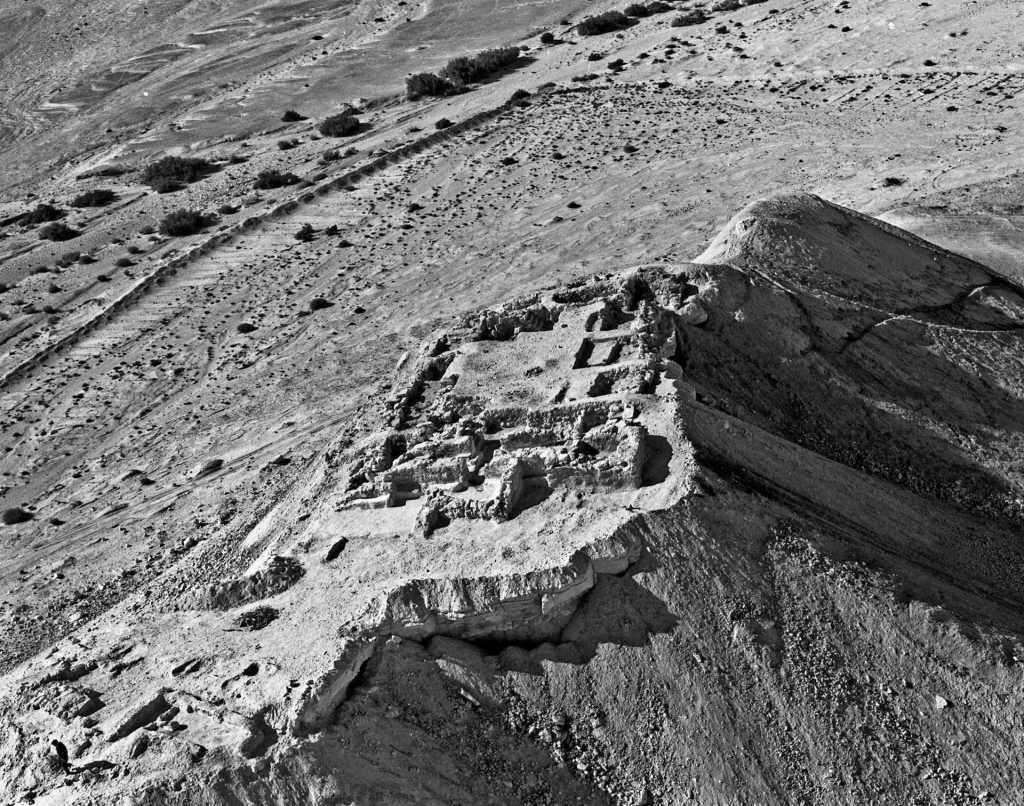
Always enjoy posts that dig deeper into events and People of GOD…Seen you on ABR on your discussion on Shishak and Nebuchadnezzar…enjoyed it.
I really enjoyed this post. I have always been interested in King Jehoash. In my opinion he was the best king of the northern kingdom of Israel (after the split), or at least the most open to following God. His relationship with Elisha the prophet intrigues me. He comes off as respectful of Elisha’s years of experience, leadership, and connection to God, yet ends up being half-hearted in his commitment to victory over Aram. It is regrettable that he didn’t learn to depend upon God in a more personal way after being given three victories by the LORD’s power.
Jehoash also seems like a fair king. At least he gave Amaziah of Judah a chance to back down from his challenge to fight. But I tend to think that Jehoash allowed (perhaps even gave permission for) the raiding party of Ephraimites to pillage into Judah while Amaziah was busy in Edom; so perhaps Amaziah was justifiably angry. However it happened, God worked it out in the way that best taught Amaziah a lesson for his foolishness in worshiping Edomite gods. Jehoash just happened to be the “tool” in God’s hand to do it.
After the results of King Jehoash’s victory over Amaziah, and Israel’s expansion so far south to Kuntillet ‘Ajrud, it makes sense why the prophet Micah would say (Micah 1:13) that in Lachish there were sins found that were “transgressions of Israel”. Perhaps the influence of Israel during the time of King Jehoash brought in new forms of idolatry to places such as Lachish, among other parts of Judah. I also think of the city of Beersheba (Amos 5:5) and its relationship to idolatry mentioned by Amos. It appears from Amos that an idolatrous shrine was thriving in Beersheba, and people from Israel would travel there.
Thanks again for sharing. Sometime it would be great to see a post about King Jotham of Judah. May God bless your work and ministry.